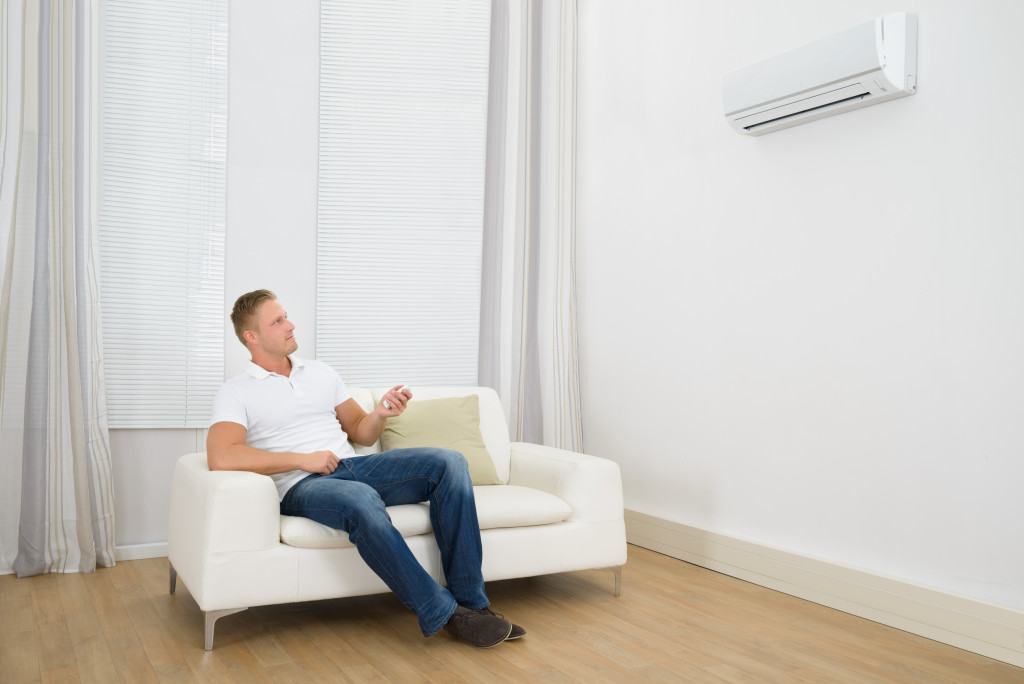While the virus has left a huge chunk of our economy in ruins, that’s not the only sad thing it has brought along. It has also caused divisiveness amongst Americans.
Perhaps, it’s a lesson in timing. We really can’t fault the public for rejoicing when the year 2021 opened, vaccines became available. And with that came a reason to feel secure, to be able to roam around without the fear of the virus infecting us. Things seem all set. But as Americans celebrated their newfound freedoms culminating in the 4th of July, it soon became apparent that the rejoicing was short-lived.
The delta variant surprised us all. Now, there are two sides of the fence: one side of America espouses vaccinations, the others declare inoculations are an affront to our freedoms. It seems the chaos has descended to every aspect of society, from schools to the workplaces.
While all the debate is ongoing, however, one thing has stood certain. And that’s the coronavirus is going to affect the way we design our homes for some time, and perhaps forever.
As repeated far too often, function, of course, is the prime purpose of design architecture. Form follows function, as coined by the renowned architect Louis H. Sullivan. So it follows, then, that if our primary purpose is to protect ourselves from the virus, our home design should get a timely adjustment. Below are some drastic ways home architecture would change due to the virus.
Say Goodbye to Open Plan House
If you’re into the real estate business, you know how dominant open plan design is since the 1990s. Without unnecessary walls and encumbrances, you make the most of your square footage. That surely ensures not a single portion of your house goes to waste.
The open floor design is a recent home architecture addition. For centuries, the hallway served as the artery that led to different parts of the houses. The kitchen was usually at the back and separated by a door from the living room. It was not meant for entertaining.
But open-plan offered a lot of incentives as parents can use the space for just about anything. As kids are off to school in the morning, the space is available for use during the day.
Coronavirus changed that. As everyone spends an inordinate amount of time indoors during a lockdown, the open-plan means everyone occupies the same space simultaneously.
As people work from home, the open-floor design became a hindrance. For one, they lack privacy, a prerequisite for many towards greater productivity. Also, that means visitors can have easy access to everyone who’s in the same space. In light of possible infections, open space offered a risk.

Changing Housing Tastes
All the changes the virus has forced on us can be harsh on business. If your real estate business is drastically affected, you should take it upon yourself to pivot to the changing real estate landscape. If you feel you’re running out of options, connecting with experts such as a business growth coach should be wise. More often than not, these experts can pose timely out-of-the-box solutions as they look at a business from the outside looking in.
As more and more people are dependent on the home to move forward, the needs and desires on how the home should function will also change. A different set of priority features are needed.
Top of that list is thermal comfort. As parents work from home and kids study from home, a comfortable working environment becomes paramount. And far too often, that means the cooling/heating mechanism, generally called HVAC.
That also means a greater desire to:
- better indoor air quality
- minimize noise pollution
- Greater visual comfort.
So as a result, home architecture would favor better energy efficiency in homes. That translates to increased insulation, high-performance windows, and draft-proofing.
Moreover, there may be greater priorities on children’s home study. As online classes show how a study can be effective for further education, creating one for junior will sound more logical these days.
Emphasis on Health and Self-sufficiency
As the virus discourages gyms but encourages people to shape up, the demand for better means to exercise from home also rises. So home gyms and other environments outside that allow physical exertion without being in a crowd would be welcome. Additionally, this also means more focus on gardens. Home gardens serve two purposes.
First, it can be a better way to source your fruits and veggies. Fresh greens plucked from home would put the grocery variety to shame when it comes to taste and the number of nutrients.
Secondly, it allows homeowners to be self-sufficient. When food shortage is a looming possibility, being able to take supply from home is crucial. It’s being strategic. You won’t have to go outside to get your fair share of tomatoes.





